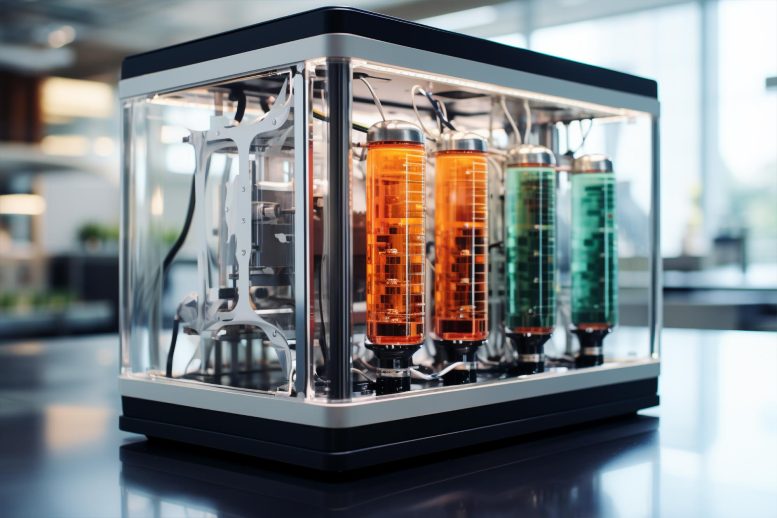
Researchers are making strides in battery technology by developing a method of mixing lithium and sodium for use in high-quality batteries. By combining the two elements, they aim to reduce costs, secure the supply chain, and address the increasing scarcity of lithium, which is in high demand due to its use in lithium-ion batteries.
Arizona State University researchers are working on a potential game-changer for battery technology: mixing lithium and sodium. Their aim is to cut costs and stabilize the supply chain, with preliminary results showing a thermodynamically stable 10% sodium-lithium mixture, expected to reach 20%.
Lithium is becoming the new gold, with rocketing use in lithium-ion batteries in electric cars, computers, and portable devices driving up the price and affecting the supply of the relatively rare metal. Scientists are on the verge of developing a way of using sodium to replace some of the lithium, so driving down costs and guaranteeing the supply.
Recently scientists have looked at dispensing with lithium altogether and instead using sodium or other elements in high quality batteries. Sodium is cheaper and more available (it’s found in seawater, as sodium chloride), but they have disadvantages, and lithium batteries remain the best, in terms of delivering the concentrated charge needed to power cars and portable devices. Ph. D student Tullio Geraci and Professor Alexandra Navrotsky from Arizona State University have adopted a different approach; mixing lithium and sodium in the same battery. promises to ease supply problems and open the way to cheaper batteries and a more secure supply chain.
The group is making lithium-sodium materials and characterizing their structures, homogeneity, and thermodynamic properties. The researchers use a specialized technique developed and optimized in the Navrotsky laboratory (High-temperature oxide melt solution calorimetry) to measure the energetic stability of the materials, while heating experiments determine their possible decomposition in use.
Presenting their findings at the Goldschmidt geochemistry conference, Tullio Geraci said “We have been mixing small amounts of sodium with lithium, and testing it for stability, and then seeing how it performs. It’s a step-by-step process, and when we first started the stability was not promising – the first thing we need is to see if the mixture stays in a usable form. But as we increased the sodium content stability improved. So far, we have achieved a 10% mixture, and it seems fine, it’s still thermodynamically stable. We believe can push this up to around 20% before we see any significant difference in performance”.
Tullio Geraci continued, “At first we were unsure whether these Li/Na dilutions could even be made. Surprisingly, we found that weak dilutions tend to break down, the solutions lose their homogeneity and the crystal structure which is important to produce a battery. But as we increase the amount of sodium the material becomes more stable. After we have arrived at the optimum mix, we need to turn our findings over to battery technologists to produce the first sodium-lithium batteries. We believe these are the first steps in developing a new battery technology”.
Commenting, Professor Nancy Ross (Department of Geosciences, Virginia Tech, Blacksburg VA) said, “The research by Geraci and Navrotsky highlights how geochemistry can be applied to developing new materials of technological importance. Their research opens a promising avenue to explore alternative, more affordable and sustainable sources for Lithium batteries that we depend upon in our daily lives.”


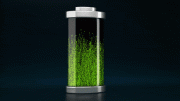
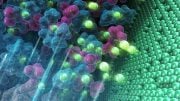
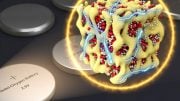


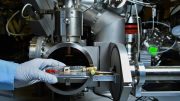
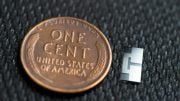
Unverse fusion moduler is the ultimate option for alternative to fossil based fuel. Human civilizations must research and development it to save earth moderate tamperature.Hydrogen fusion for maximum use is the only option.But till when? How much uranium is available on earth?Planets are not blessed to have more fusion oriented rare earth meterial.
Seems wiser to simply do what China’s sodium ion pioneers like CATL/BYD/HINA will be doing this year already – namely producing battery packs that contain both sodium ion and lithium ion cells.
China and India appear to be the only countries that are genuinely committed to evolving away from lithium-based batteries as quickly as possible.
Paul G
What about self generating from nuclear fusion being developed in America?